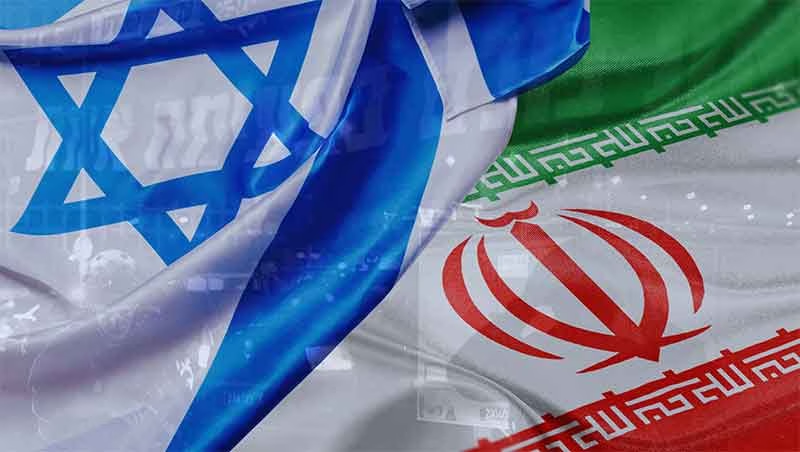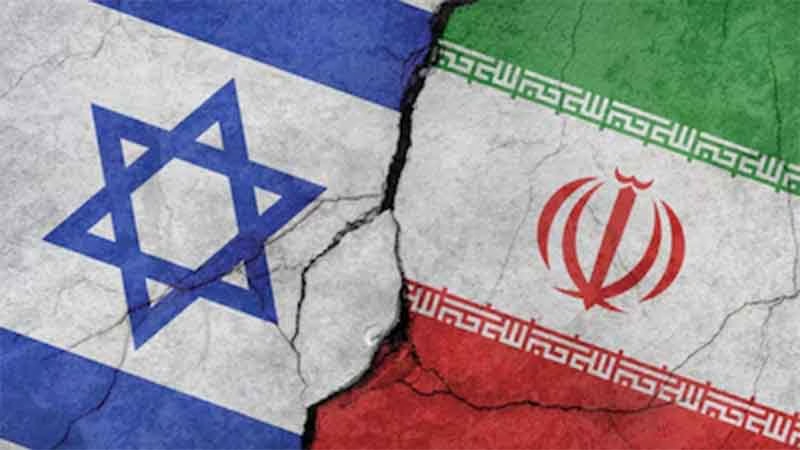Wake Up India: Essays for Our Times – Part 2 – Chapter 2

If we draw a line with three cardinal points in it of extreme left and extreme right and centre to represent the political situation in India at the extreme right is BJP with its backers like RSS, VHP, Bajrang Dal and other Hindu ultra right organisations and right of centre is the Congress with its soft Hindutva stance with people mostly in the two upper castes in power in it. Right next to it we find the Indian Marxists and more to the centre but not really there we find the AAP people. None of them can afford for the sake of votes to reject wholesale or ignore totally the religious equations in India or its caste obsession or class or gender mindsets which means that India has no centrist party actually let alone one that comes from the extreme left in its real sense or even one left of centre. Thus we deal politically with a diseased nations that thinks its body politic is whole but is not, a cancerous nation, a whore/hole rather than a whole, politically speaking, selling itself shamelessly to the highest bidders whichever government is in power and not to values, and that is why in the middle of talking to the right wingers one suddenly hears sense and while talking to the Congress or Marxists or AAP one suddenly hears the same nonsense the extreme right spouts. In other words there is overlap as in set theory which can be called intersections or, rather, interfaces, which is even more problematic.
Thus the ones who call others pseudoliberal and pseudosickular and other supposedly demeaning names like anti national and anti Indian and anti Hinduism and anti Hindu exhibit suddenly in the middle of conversations strange tendencies of hatred to the very same things they decry others down for speaking against and the same happens to those who stoutly defend objectives like democracy, republicanism, sovereignty, socialism, humanism, humanitarianism, modernism, secularism, liberalism, which are the foundations on which the concept of India as a nation is built contrary to the concept of Bharath as a nation which is built on ideas of Vamsha, Kula, Jati, Varna, Rajya, Lok, Rishis, Devas, Asuras, Yodhas, Avarnas, Gothras, Sthals, Sthans, Dasas and Dasis, Priests, Yogis, Gurukul, Bhogis (those sunk in pursuits like making money, business, seeking pleasure, the ones caught in the webs of Maya and unenlightened to their divine potential, by earlier measure) Sansara, Parampara, Sanskriti/Samskara, Shishya, Guru, Dharm, Karm, Niti etc. This is feudal, medieval and impractical in the post modern world where there is no longer any such divisions but entirely different ones, just as the overlap in the ideas of the extreme right and the Congress, and the AAP and the so called Left in India show the futility of thinking in such terms having led to this ludicrous and ridiculous situation of stagnation. This is also inevitable in post-modernist times that recognises that nothing exists anymore in a pure state and does not have to anymore and welcomes the fact rather than retreating from it, which are the times we are living in, despite all claims to the contrary.
So whether I talk of the Dalit issue which is social or societal or sociological as is the majoritarian-minoritarian one or the Hindu-Muslim divide or the North-South one or a language divide or a class divide or gender divide and whether I talk of poverty or air, water or food what has to first of all be grappled with is the fact that people are failing to communicate through these divides mainly as they are using languages that are fundamentally alien to each other and not seeking or wanting to come to a common metalanguage which would bring more peace than confrontation in today’s India on both sides of the fence, as it would deal with patterns and not arguments over the difference in the graphemic and phonologic variants in content.
This stretches even into discussions on nation, culture and race as the contradictions between the camps of the futuristic and the ones who speak of ‘the glory of the past that was a wonder called India’ supposedly as an obsession, and are hopelessly compounded and lost in reflections on culture that once one gets mired in makes all on the side of values that we inherited seemingly from the Enlightenment and scientific rationalism or empiricism also fall out on or over, hopelessly and helplessly, not helping in any of these ca(u)ses to find a solution.
Let us take the issue of the cow. Some Hindus, not all, worship it.
They do not eat it. Some do. At the same time vegetarians and vegans who are found not only among Hindus do not eat the cow, either. Others who are found in all other communities and castes and classes eat it. So if BJP supports no cow slaughter and so do vegetarians and vegans this does not mean I can support BJP for having something on their agenda that coincides with something on the agenda of some peaceful people, as BJP is not a peaceful political party, and their violence is not based on a theory against things and not people unlike that of the Luddites or self defence as that of the Jews at Massada. Long ago there were dietary restrictions in all religions as to what one could eat and not eat, whether of plants or from trees or animals or birds, varying from place to place, climate to climate, belief to belief etc. By 2018 these have been complicated also by issues of export and import of flora and fauna, by hybridisation, by genetic modification, to the extent where clearly what has to be understood is one has to tread very carefully in these areas to pronounce any kind of universal ethics as much as trying to impose a common national or regional code on any of these issues.
While the cow is sacred to some, it is the buffalo that is sacred to others, whereas some do not eat the pig or dog for the opposite reason which is that it is not supposedly sacred. These are all issues so bound with environment, religion, belief, practice, culture, belief, upbringing ,association etc., that one can only point out that the move to eat all things represents a move to experiment with the idea of man as a totally free agent while the move to eat nothing (extreme Jainism) is not practical but the centre of freedom is to let human beings decide for themselves to some extent but not entirely what to eat and not to eat and in finding the balance for this each nation faces these battles but if they are based on unreason as the battle over the cow is in India is one has to resist whether one eats the cow or not. What I mean by unreason here is while one can understand a blanket ban on cruelty to animals, or eating all animals and birds, one cannot understand or accede to any group’s pick and choose attitude that privileges some animals over others or treats some others as lesser any more than one can understand the liberals in their clear ignorance of the very idea of cruelty to animals. Here too, the only thinker one can respect is found by me not in India but in the West, the woman who has autism, Temple Grandin, who did what America that thrives on a beef industry and will not give up on as it brings in rich revenue, could not do, which is try to humanise it through empathy making sure that the animals while they end up being eaten still, at least do not suffer as much as they did before. This may also not be a solution but at least it is a beginning.
Indians, of course, are lost in the fog of several meaningless religious notions like the Vedic metaphor of the Kamadhenu or Nandi the bull which is perfectly understandable and worth appreciating, but not on being extended to today’s cows that are being allowed to wander on the street with no food and no one to look after them, suffering , being defied, to suffer inch by inch daily whether free or ending up at the knackers, unaware that they are holy as the fight is not over reality but over myth by people dumber than cows. They are so lost they have never heard of a book by Kancha Ilaiah Shepherd called Buffalo Nation but have senseless gaurakshaks on killing sprees on the one hand, illegal butchers on the other hand, and drinkers of gaumuthra on the third, as they are not aware of anything more than the cow as a national symbol or a mythical one. There is an acute shortage of thinkers who will dethrone the concept of the holy cow and show it to be only a golden cow to be not idolised by any and got rid of so that if at all it is to be used a symbol for food plenitude by us it has to be used showing forth not only its virtue as a peaceful creature or grass eater but as a creature equal to man who represents all the fauna of India and has a right along with men not to be eaten without consent, not to be used as slave labour, not to be a threat to us by multiplying into unmanageable numbers, worthy of protection and care from us and tigers (another favourite Indian symbol as is the peacock twisted these days) whose milk should be used only for its calves and who should be mated with its like and who can thus be citizens of a new world where they have the same rights a human beings but with duties only commensurate to their actual wants and needs, rights to be extended to all in the animal kingdom and not just cows and pet dogs and cats.
These rights also belong to the plants and trees of our heritage or national treasure that they also be seen as citizens, and while this is to touch on ecospirtuality and ecofeminism in my study it is not to be at the expense of human beings who are not lesser than these animals, birds, plants and trees mentioned or unmentioned so far that forms part of India’s heritage. Upper caste Hindus of a certain wrong mindset, some, not all, fortunately, want (some) humans devalued, along with some radical feminists and reverse racists, and reverse colonialists, which does not make all of radical feminism or fighting against racism or colonialism wrong always, and some animals privileged, and Muslims and Christians and Marxists of the era till Stalin and capitalists or materialists want humans at the centre and flora and fauna devalued but post modernism has no centre but only shifting circumferences, at times fixed and at times not, relative and absolutist by turns, subjective and objective by turns, looking to past and future while aware of being in the here and now of the present at the same time, always reasonably unreasonable, a mix of chaos and order, and wants all valued and none valued at the same time, where earlier concepts of calling some men sacred and some profane, some animals clean and some unclean, some trees and plants propitious and some not, have to now give way to the fact nothing is holy or unholy or all are or is both or auspicious or not except selectively depending on the context, place and time, and the structural relationships that form and reform in such a world between all these things, structural rather than formal in being symbolic or archetypal or stereotypes which is what has to be done away with as we live in a dynamic world and not a static one now, where both evolution and devolution serves a purpose, and thus groups and individuals in the midst of constant change have to constantly be alert and change too to retain and remain in a fruitfully meaningful balance between self, world and all other groups to continue human existence or face their apocalypse very soon.
To sum up we are moving to a place of enlightenment or transformation or conversion or reformation as human beings, or at least a part of the race is which may or may not ensure their survival, that being based not on this but adaptability, according to Darwin, where all land is holy or unholy or both or just land, and there is only one nation, the Earth, and one race, all living creatures, and one Mother which is Nature, and all things are for our good if used wisely where one has to see the Divine in things only where it is and not in other things when needed as in the case of plastic which once was considered a boon and not a bane to mankind etc., so schools of thought like Advaita too is not a philosophy to be misunderstood as applicable to the material world, foolishly, but only to the spiritual plane, if at all.
Dr A.V. Koshy is an established author and writer who is a poet, critic and artist. He has a doctorate in Samuel Beckett’s Poems in English from the University of Kerala, now published. He has co-authored and published a monograph of essays called Wrighteings: In Media Res and has several, published research papers to his credit. His greatest desire is to build a village for people having autism where all their needs are met. He runs an NGO called “Autism for Help Village Project” with his wife for this dream to come true. He has fourteen other books out now as fiction writer, literary critic, poet, academician, literary theoretician, essayist, editor, anthologist, co -editor, co-author and co-contributor. His latest and perhaps best book is a collection of short stories Scream and Other Urbane Legends.
© Koshy AV














































